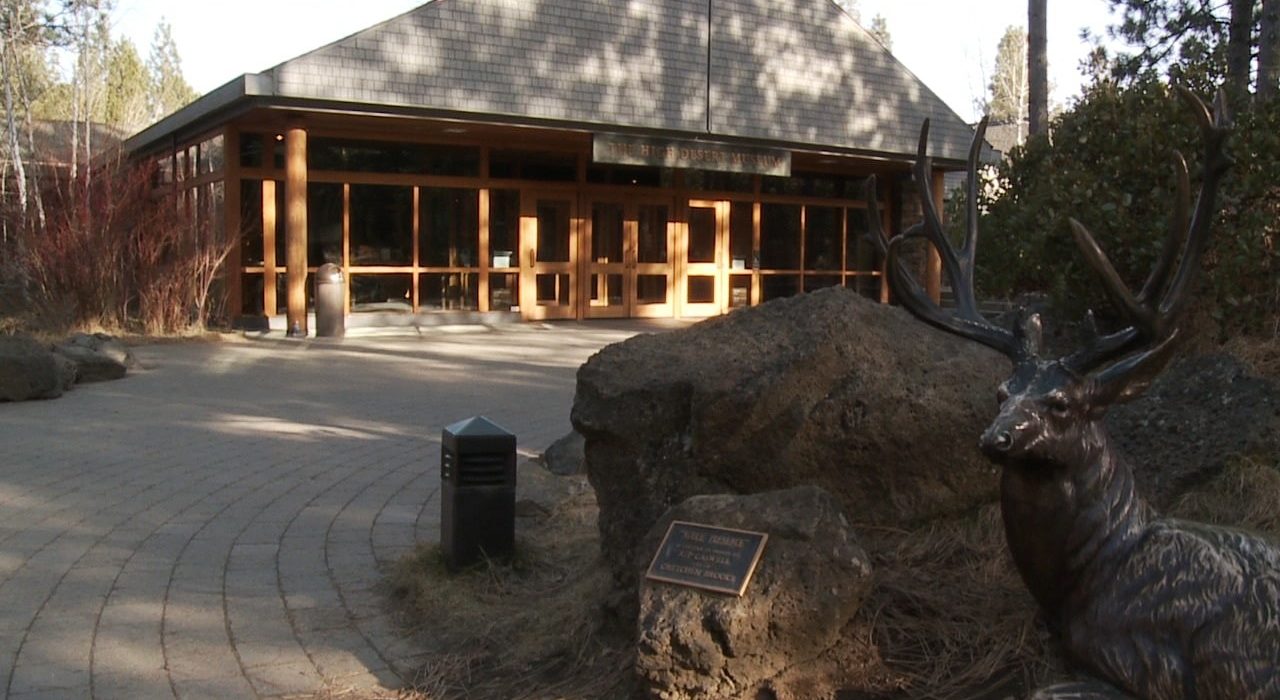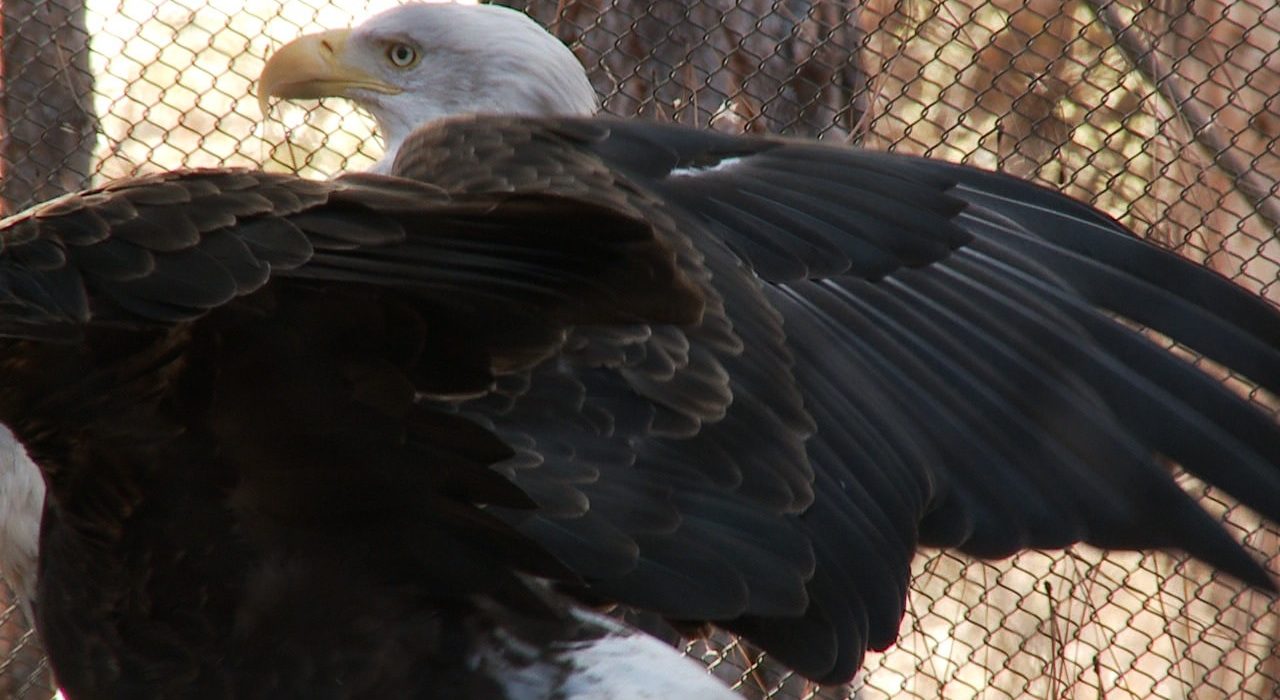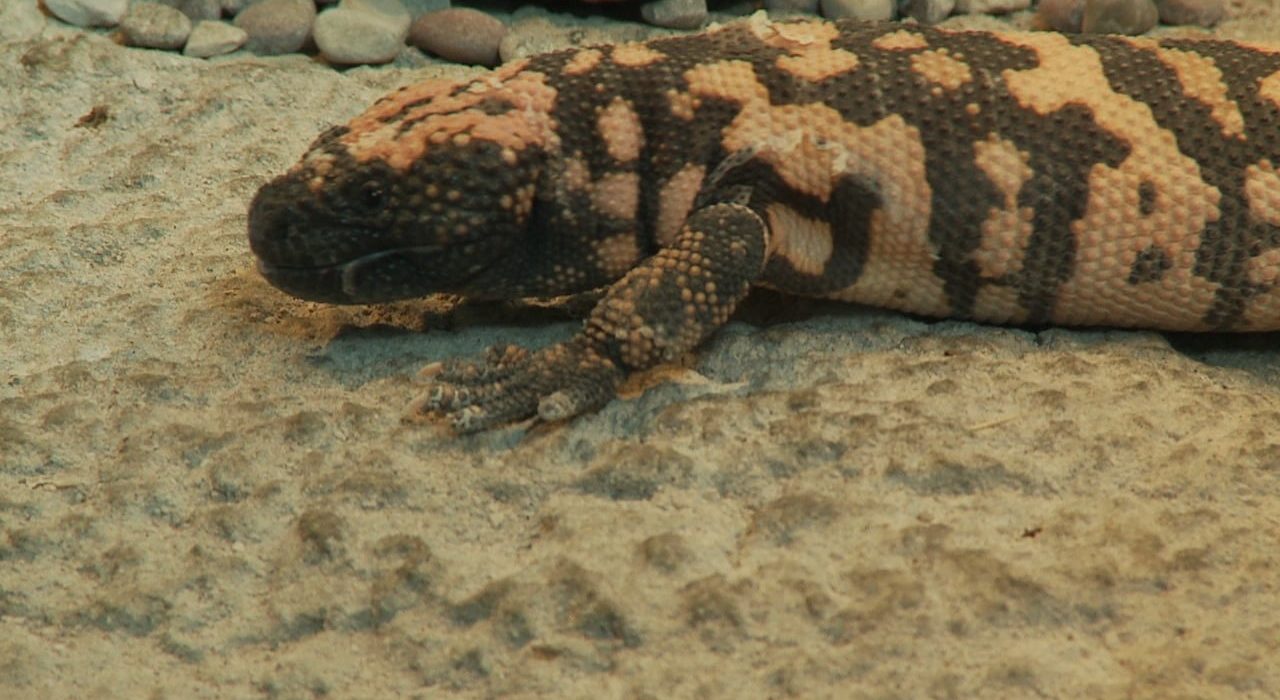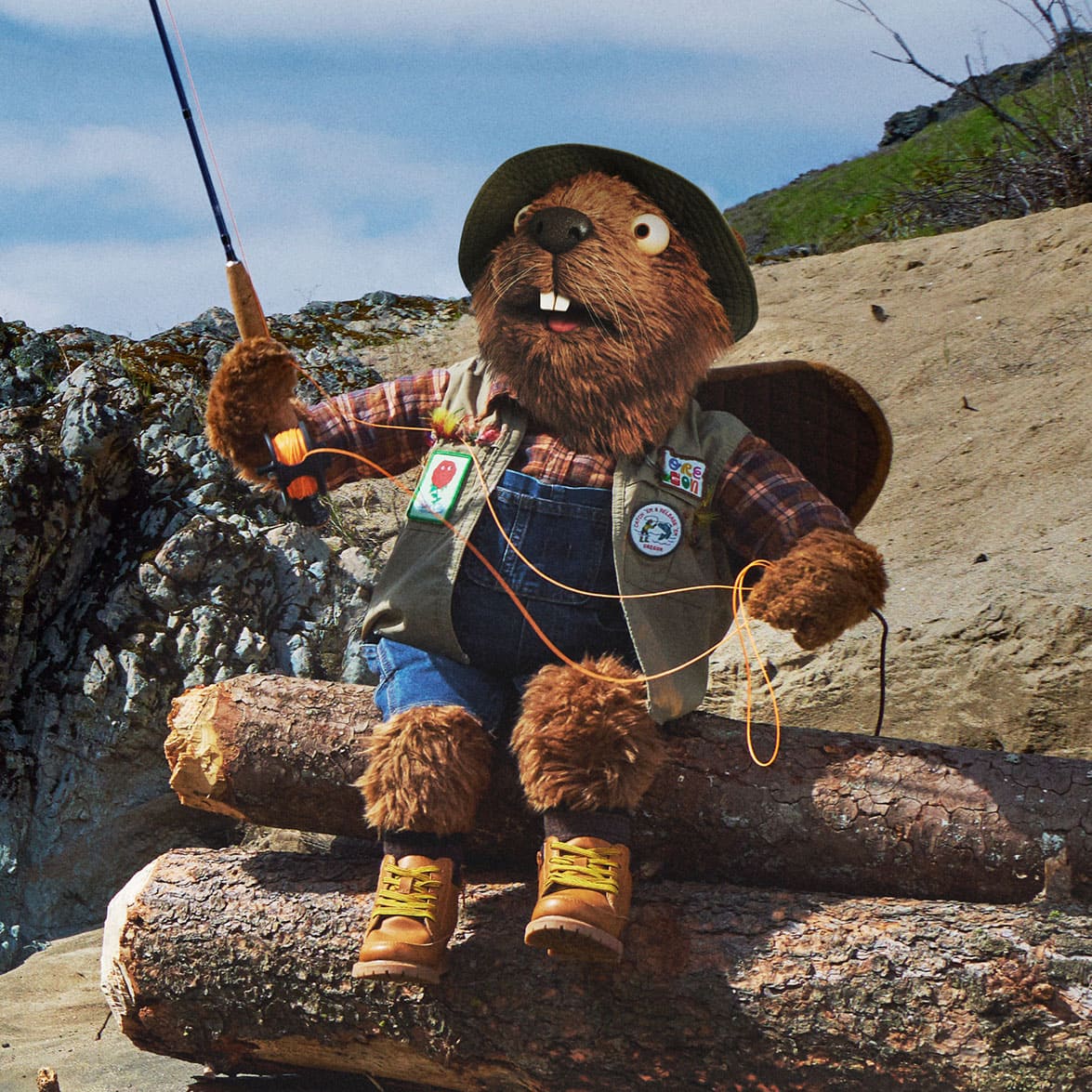It’s funny how some of the best surprises are often found right in your own backyard. So it is from the eastern Cascades point of view where elbowroom is measured by the wide-open vistas of snow-shrouded landscapes; the kinds of scenes that capture your heart and may lead you to wonder aloud: “Why have I never traveled this way before?”
It is a question on many visitors’ minds at a place where the answer is easy to find and higher education is center stage at the High Desert Museum near Bend. You’ll agree with the staff’s adage that this remarkable complex of displays, demonstrations, and hands-on events make the museum “more like an expedition than an exhibition.”
From birds of prey, such as hawks and eagles, to river otters and porcupines, this is a place where you can see and learn about the arid Intermountain West, which includes portions of eight western states and the Canadian province of British Columbia.
The museum spreads across 150 acres filled with exhibits and demonstrations. A mile-long trail goes through twenty-five acres of trailside exhibits, including a trout stream, otter ponds, porcupine dens, and historic interpretive displays of frontier life and industry.
A favorite part for me is the Earl A. Chiles Center and a walking tour through vignettes of life called “Spirit of the West.” This timeline stroll covers thousands of years in the span of a few hundred feet. Along the way, you are invited into a Native American campsite to learn how hardy vegetation, abundant wildlife, and a mineral-rich terrain sustained generations of natives. Then come the explorers and the fur trappers, the miners and sheepherders and sodbusters, and finally the immigrants, fresh off the Oregon Trail.
All of this is explained through sights and sounds that put you in the scenes from Stone Age to rustic dirt roads in a western frontier town. Few places convey the story of humans on the desert as well as this experience, including how the mines, then the ranches, and then the railroads brought more and more people to the desert, so that by the 1880s, small cottage industries began to sprout and, in many ways, forever change the face of the desert.
A new large-scale exhibit called “Sin in the Sagebrush” serves up sights and sounds and role players in costumes to put you into a scene from Oregon’s most recent past. You’ll love seeing the many wildlife species on display at the museum too. Hawks, eagles, and turkey vultures are frequently seen soaring over the wide expanse of the desert, but at the museum you can see them all close at hand and learn about their special adaptations for survival.
The close connection with wildlife is a lasting legacy message from the museum’s found, Donald Kerr. Kerr owned a passion for wildlife and he was a big believer that animals can connect with newcomers and perhaps change attitudes about the high desert.
Whether education or recreation, the High Desert Museum will capture your heart and bring you back time and again.
Editor’s Note: Grant’s Getaways is a production of Travel Oregon brought to you in association with Oregon State Parks, Oregon Dept. of Fish & Wildlife and Oregon State Marine Board. Episodes air Fridays and Saturdays on KGW Newschannel 8 and Saturdays on Northwest Cable News Network.



